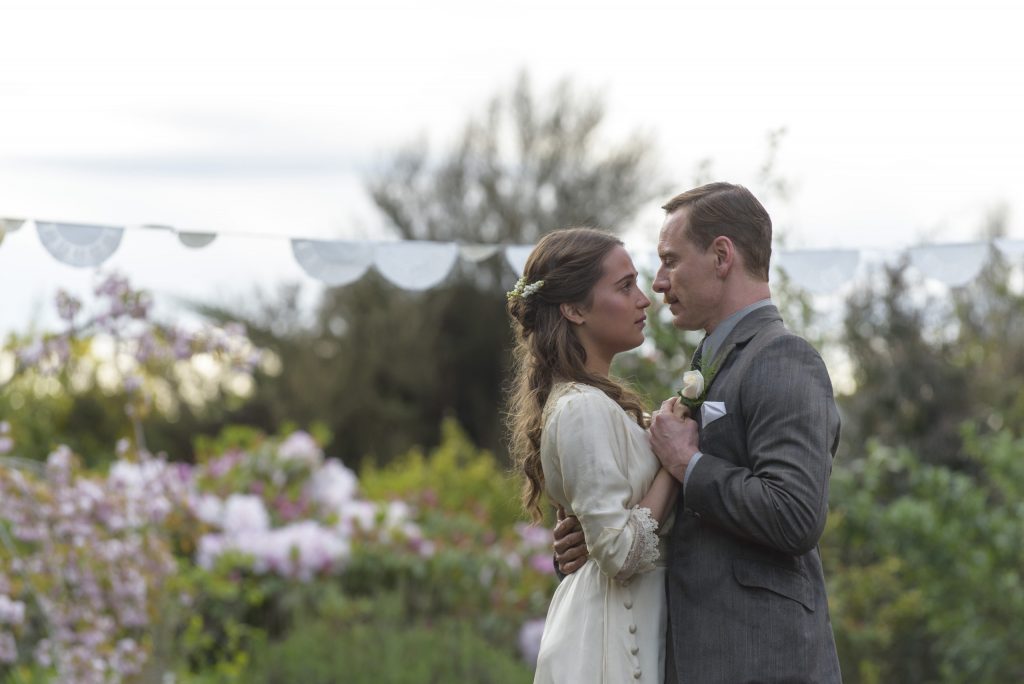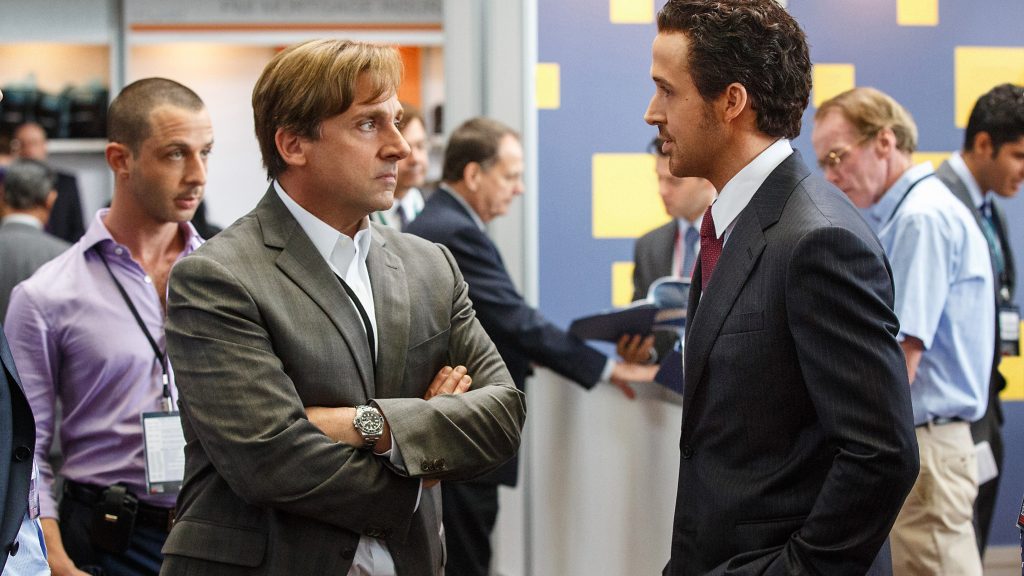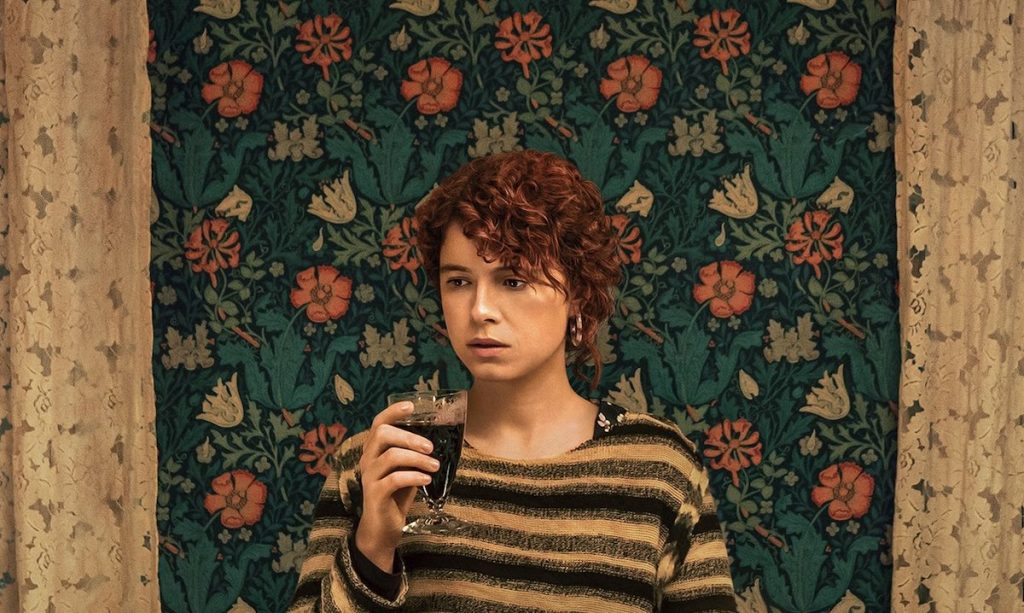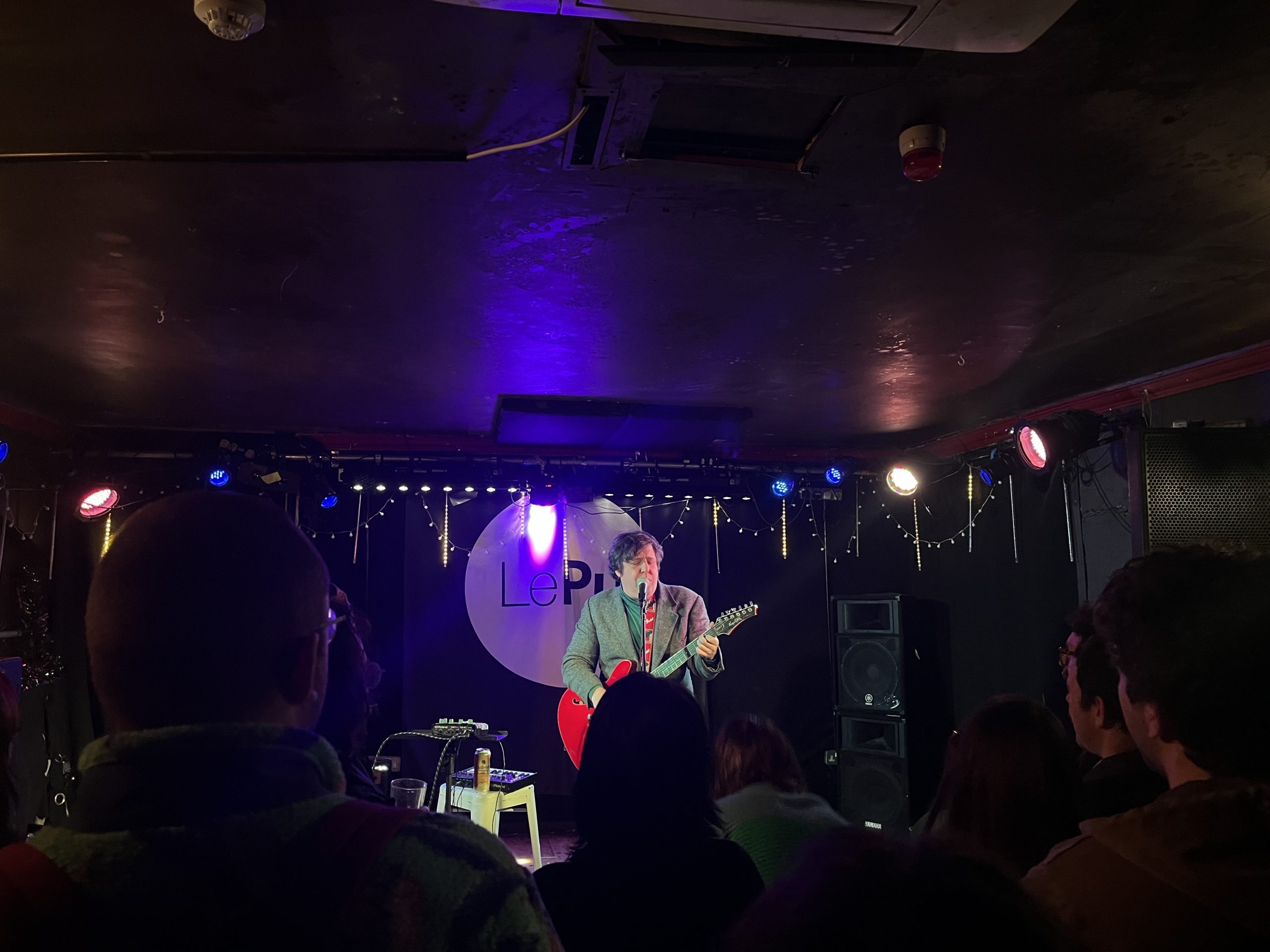The Light Between Oceans

by Lafan Hasan
When it comes to films, I think the thing that strikes me most or that allows me to really like a film is the quality of the plot. I watched The Light Between Oceans for the first time in 2016 and I remember having a lot of respect for the way it was technically made. By that, I mean that I thought the acting was impeccable, that the filming location was so serene, and that the soundtrack was perfectly fitting. In a nutshell, it was filmed beautifully. The plot of The Light Between Oceans revolves around a couple, Tom & Isabel, who find a baby on a remote island and claim it as their own after enduring two miscarriages, only to find out that the baby belongs to a woman from the local town. The film takes us through the moral decisions both characters are faced to make. My 16-year-old self didn’t quite find the plot intriguing because it was hard to believe that this was a phenomenon that would ever occur.
Earlier this year I decided to re-watch it, purely because I remember I was so in love with the soundtrack. Upon watching it for the second time, I got to really understand the true beauty of this film both in meaning and aesthetic. This film is a visual commentary of the effects that both love and loss can have on one’s moral compass and sense of compassion. As we grow older, we start to find it deceptively easy to pick out the morals that can be reaped from consuming a piece of art. Back when I watched it for the first time, I was thinking about it too literally and couldn’t really understand what the film was trying to teach me. Maybe it’s our own personal contexts that determine how good a film can really be. I highly recommend for anyone to watch this film because I can guarantee it will satisfy you visually, warm your soul and make you reflect on your own actions in the face of love and loss. I will leave you with a quote from the film that I think sums up the lesson that I’ve learned watching this film:
“You only have to forgive once. To resent, you have to do it all day, every day.”
The Big Short

by Tess Brunskill
I enjoy The Big Short more and more every time I watch it, mainly because each time I get a better understanding of the film itself as well as the stock market, together with the true story about the Wall Street crash in 2008.
I knew before I watched it that I loved the cast, but the first time round I just could not wrap my head around the plot. I didn’t feel connected to or invested in the characters which was really disappointing as this is frequently what makes a film really stand out for me. However, I did note that the film was definitely watchable and an objectively well-made piece of cinema.
On my second and third watches, my understanding of the context helped me feel like I knew the characters better. I love Christian Bale and Ryan Reynolds and so was initially disappointed not to enjoy a film in which they both feature. It was definitely worth watching a second and third time as I’m so glad that I can enjoy it now!
There are definitely some films which require a second watch,especially films with complexities and such a wide range of contexts. The repercussions of the Wall Street Crash were numerous, with thousands of people losing their homes whilst the people responsible barely faced any consequences. Since The Big Short is based on real life, you’re likely to have spent time since your first watch reflecting and maybe discussing its context, making it much more enjoyable the second time around.
Moral of the story: everyone deserves a second chance – films included.┬á
I’m Thinking of Ending Things

by Maya Deane
The first time I watched Charlie Kauffman’s Netflix Original I’m Thinking of Ending Things, I had absolutely no idea how to process what I’d just seen. Seemingly a mix-match of random, artsy cinematic devices that, on an initial viewing, appeared to go nowhere, this film not only refused to offer any answers, but also left you unsure of what questions to ask. From sporadic, claustrophobic monologues from characters that lasted up to 10 minutes at a time, to an extreme lack of continuity between scenes, to a cartoon pig, I just could not figure out what Kauffman was trying to convey to his audience.
Luckily, Google is an extremely handy tool, and after the credits rolled I did some research. It turned out that quite a lot of people felt the same way as I did on my first viewing! I watched a handful of Youtube videos analysing multiple initially confusing scenes, and read some articles from both the director, and other individuals who were willing to offer up their interpretations. It was amazing that it only took 10 minutes or so of research to completely change my perception of the film. The seemingly incomprehensible plot suddenly made complete sense to me and actually shifted into a deeply moving narrative. Characters that felt random at first made sense now and my opinion was completely transformed. Knowing this new information upon my later secondary viewing made it feel like I was watching an entirely new film.
This is absolutely a film you need to watch twice to fully appreciate. I believe it is a deliberate choice from the director to ensure that the audience’s first experience of the film is a confusing one, meaning the film can be enjoyed with hindsight.
Go in blind if you can, and see if you can figure out what’s really going on.┬á


